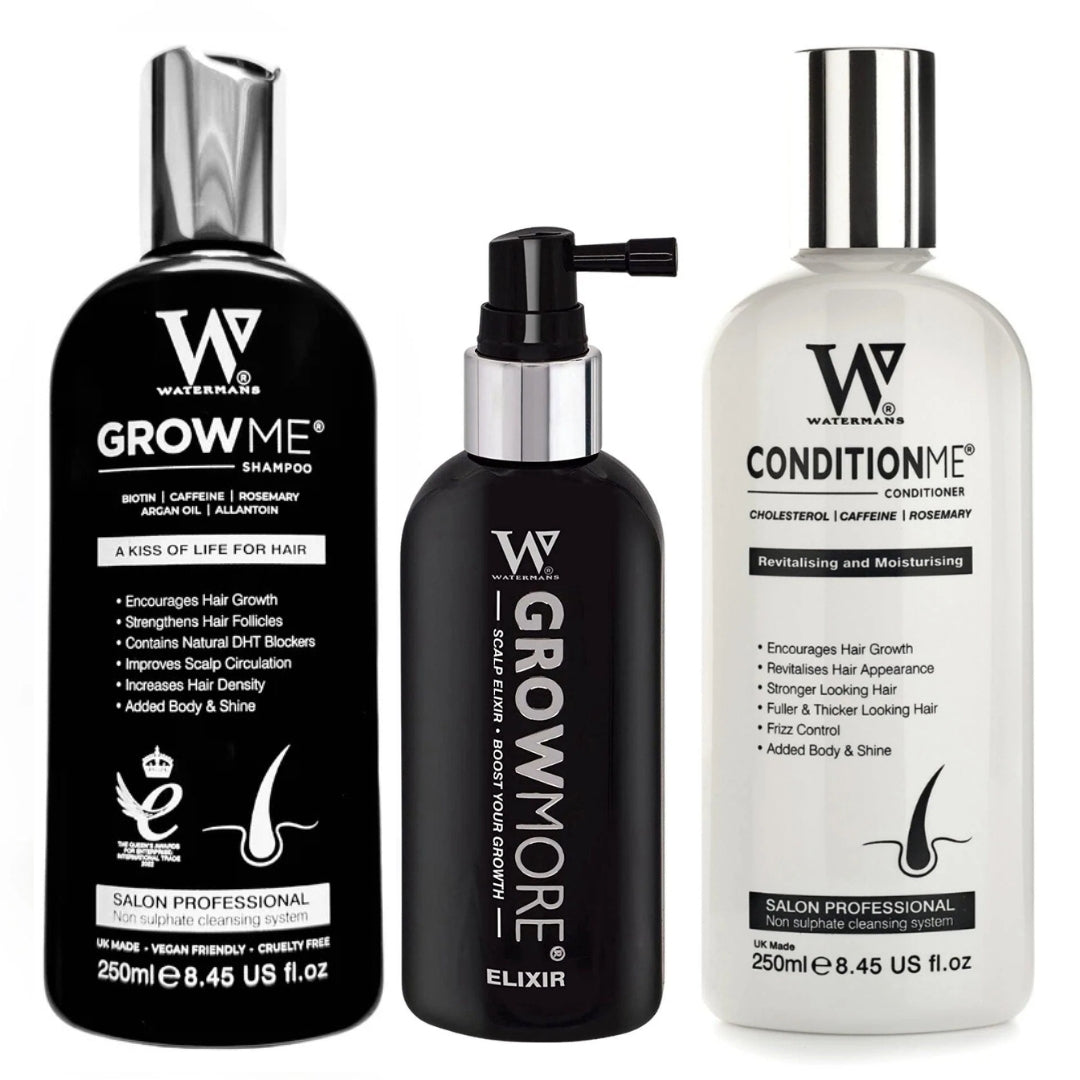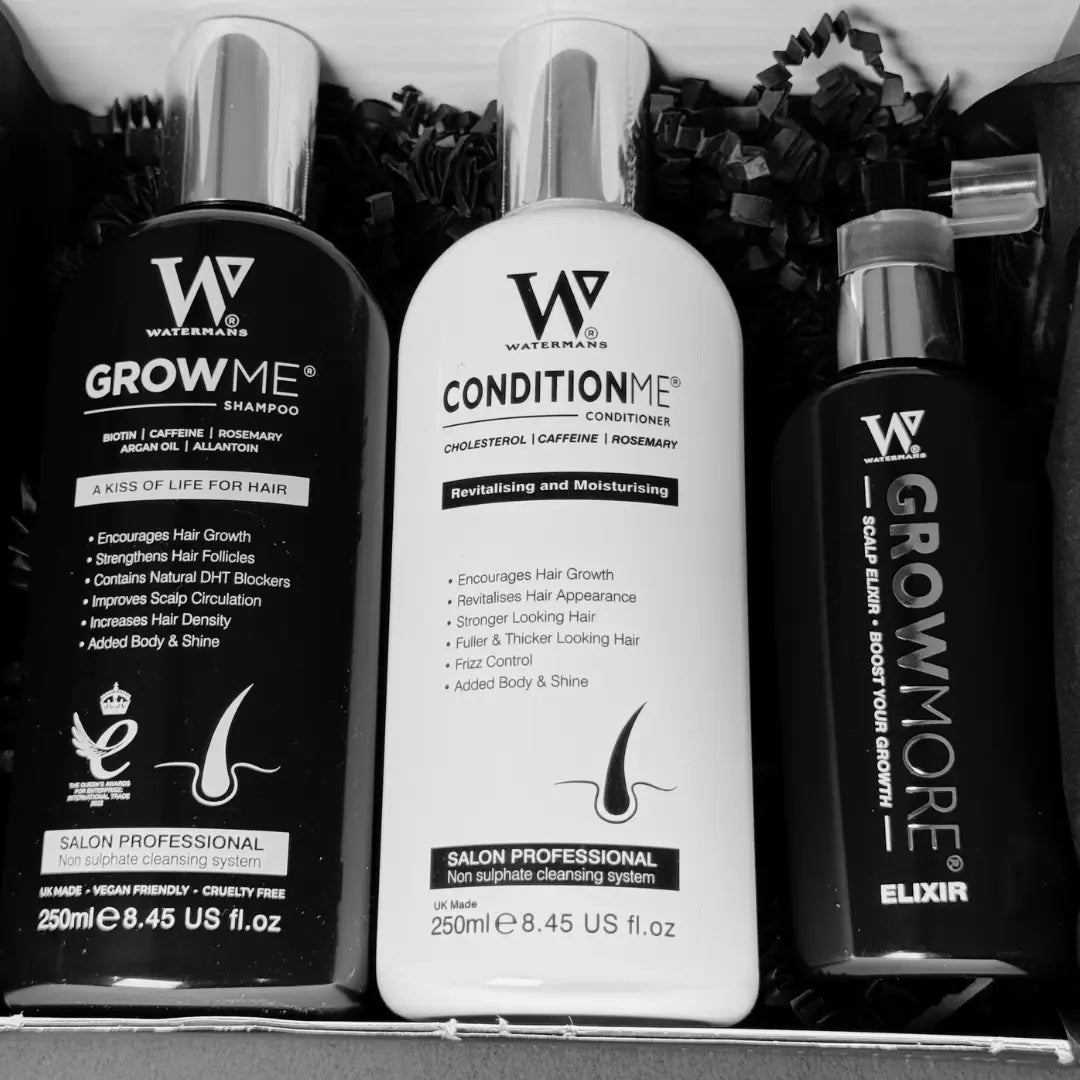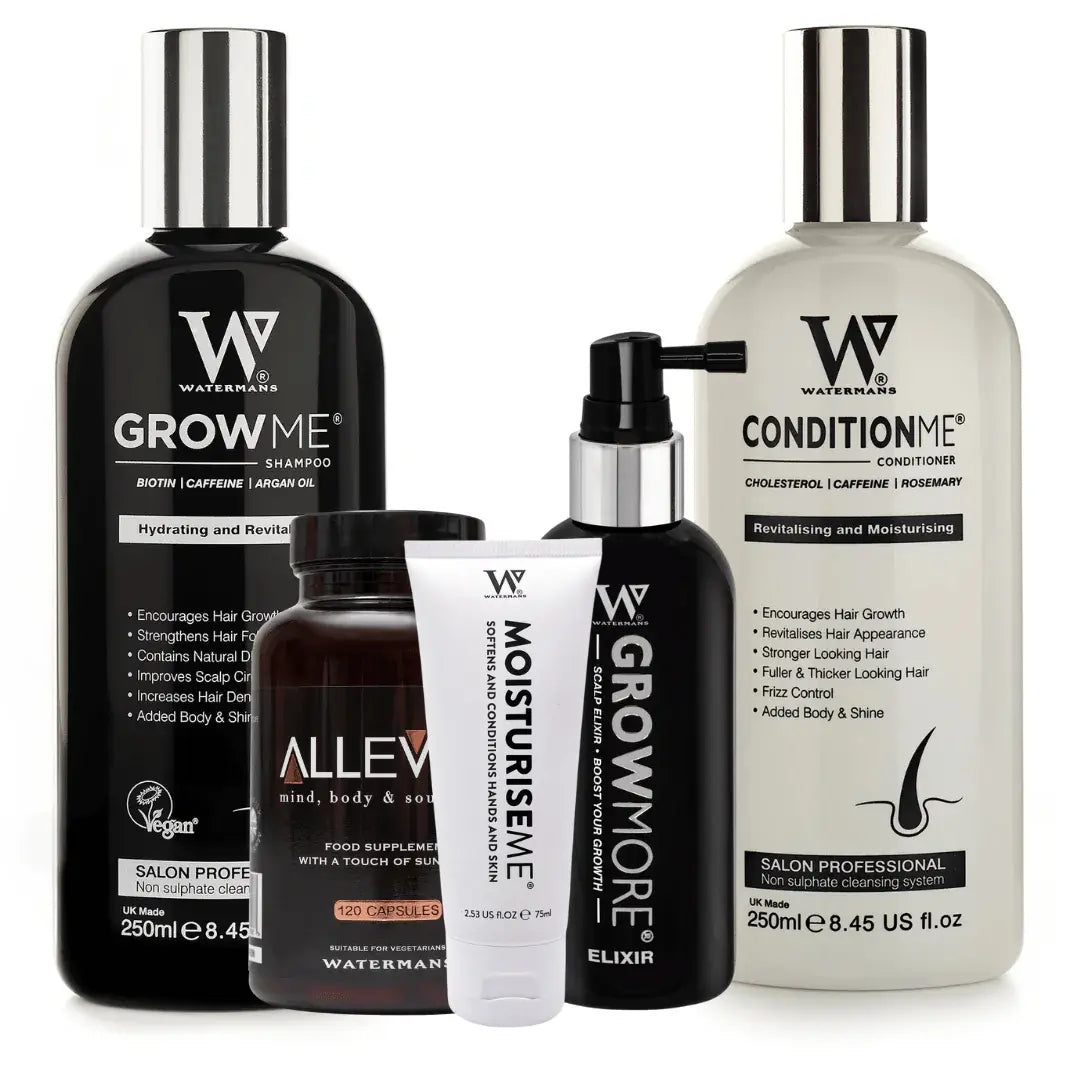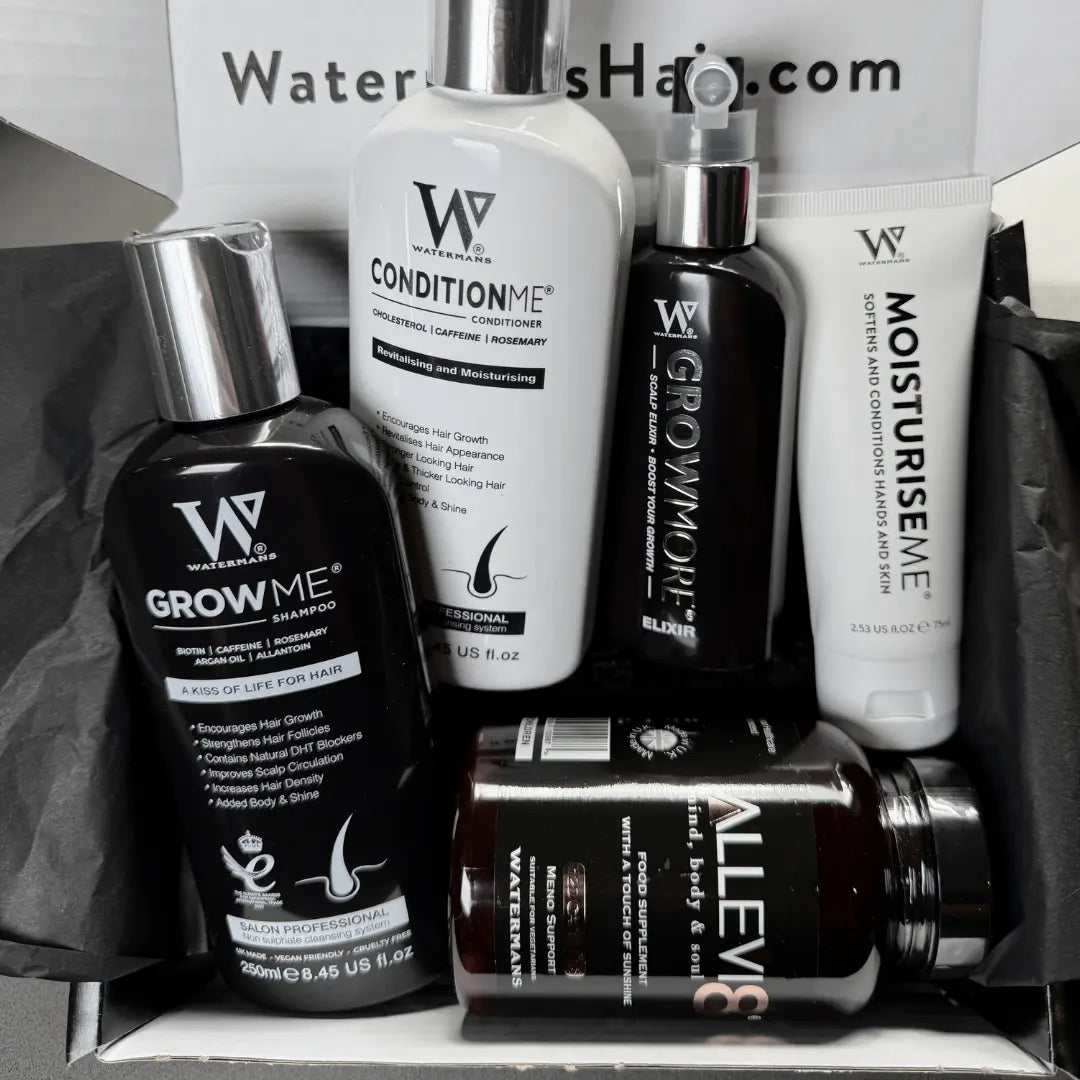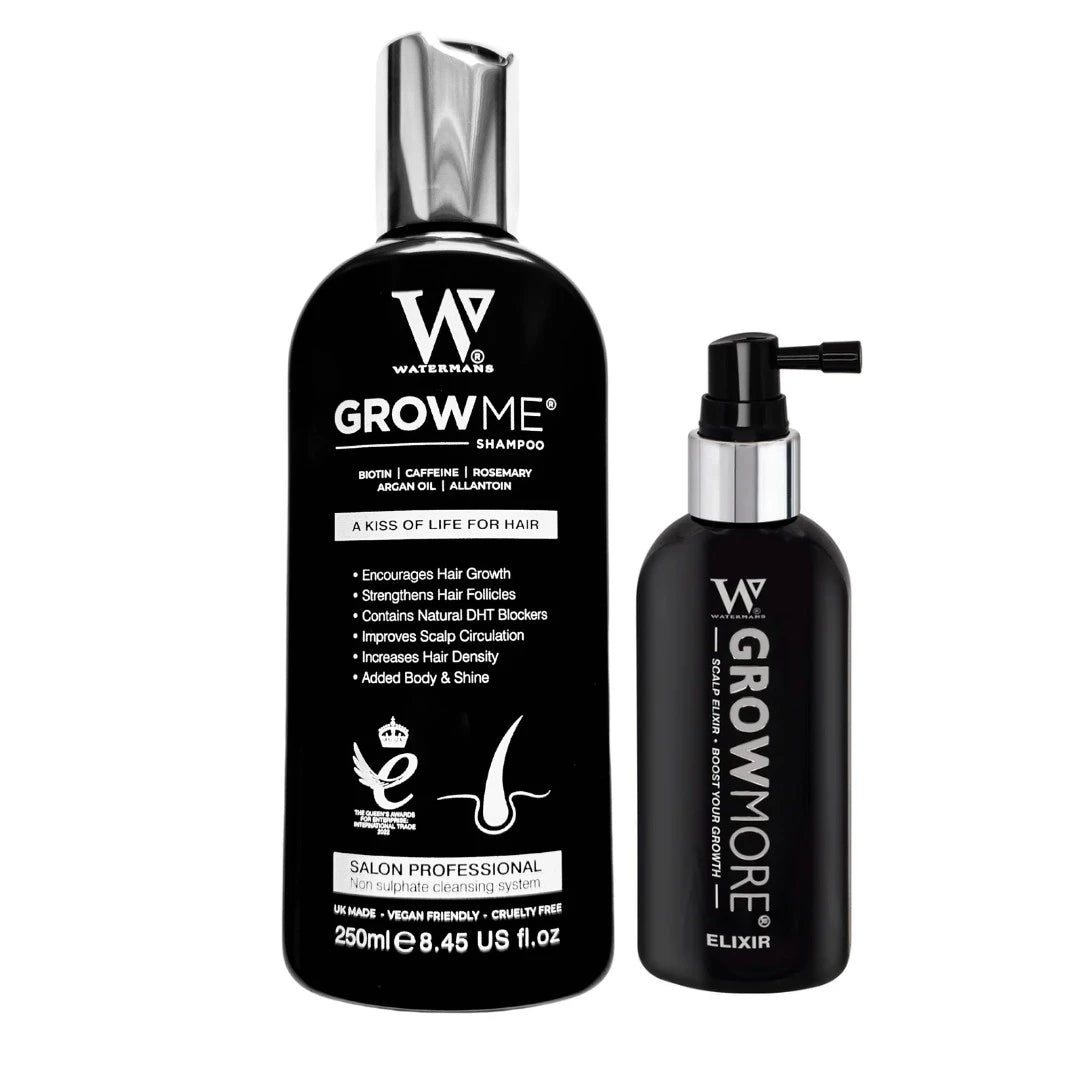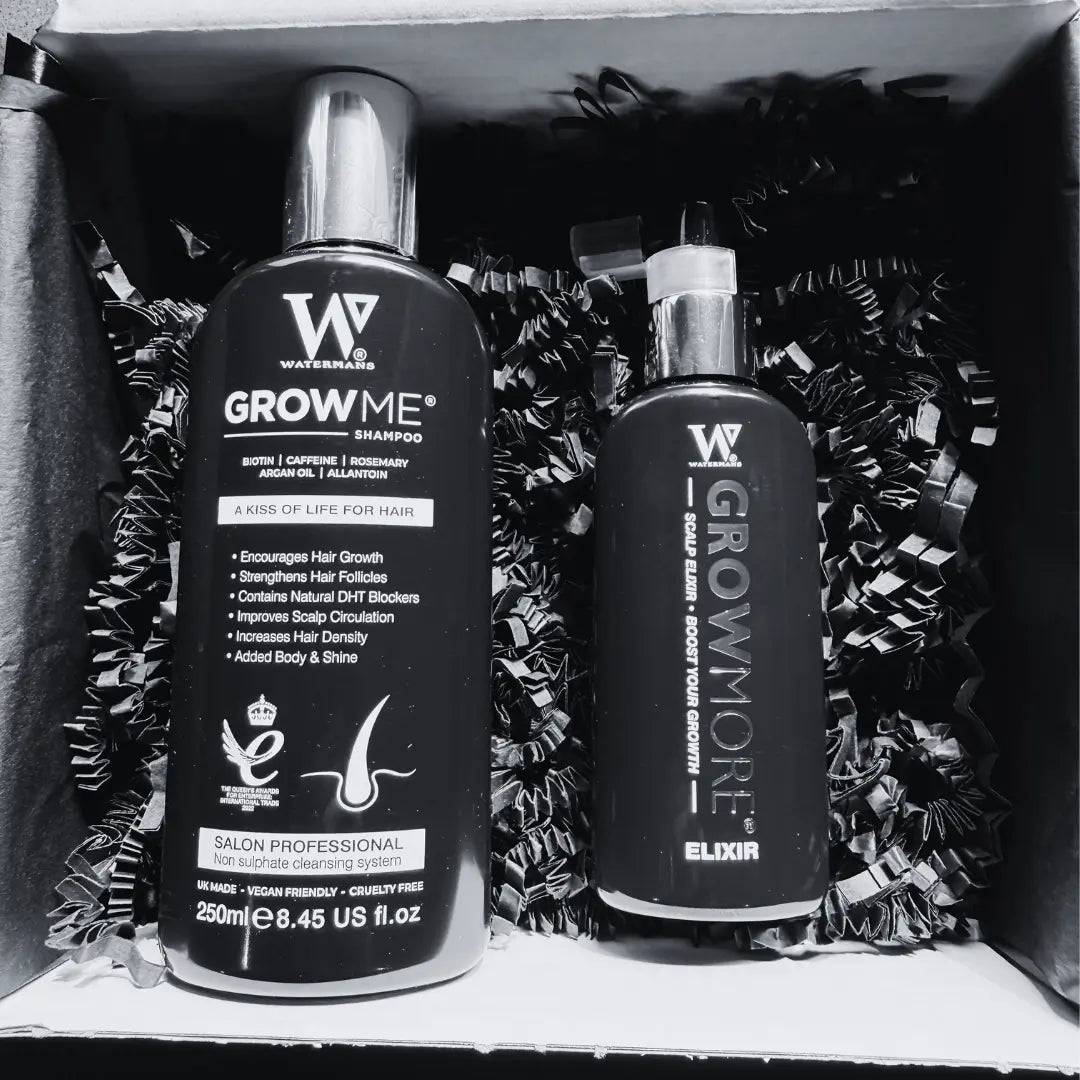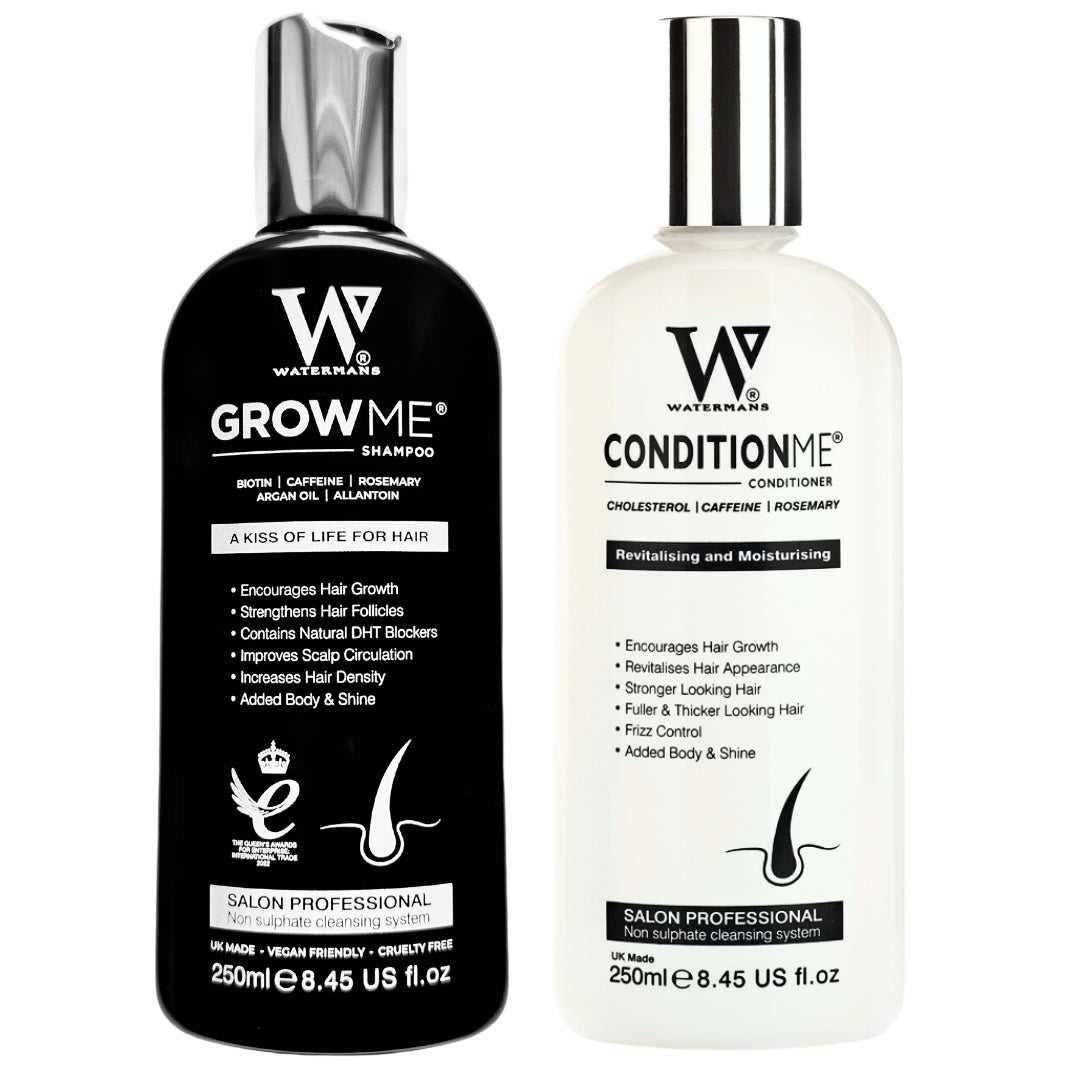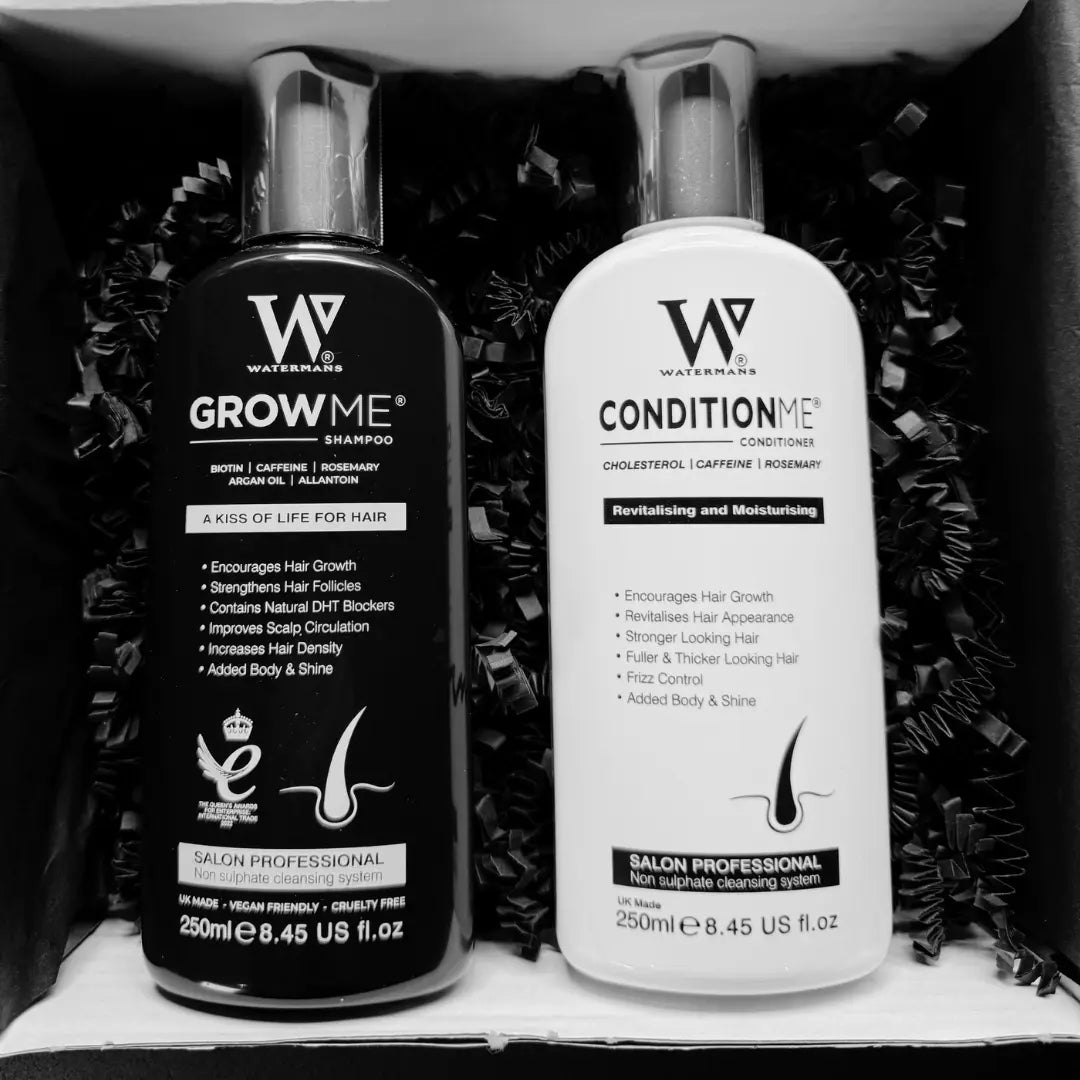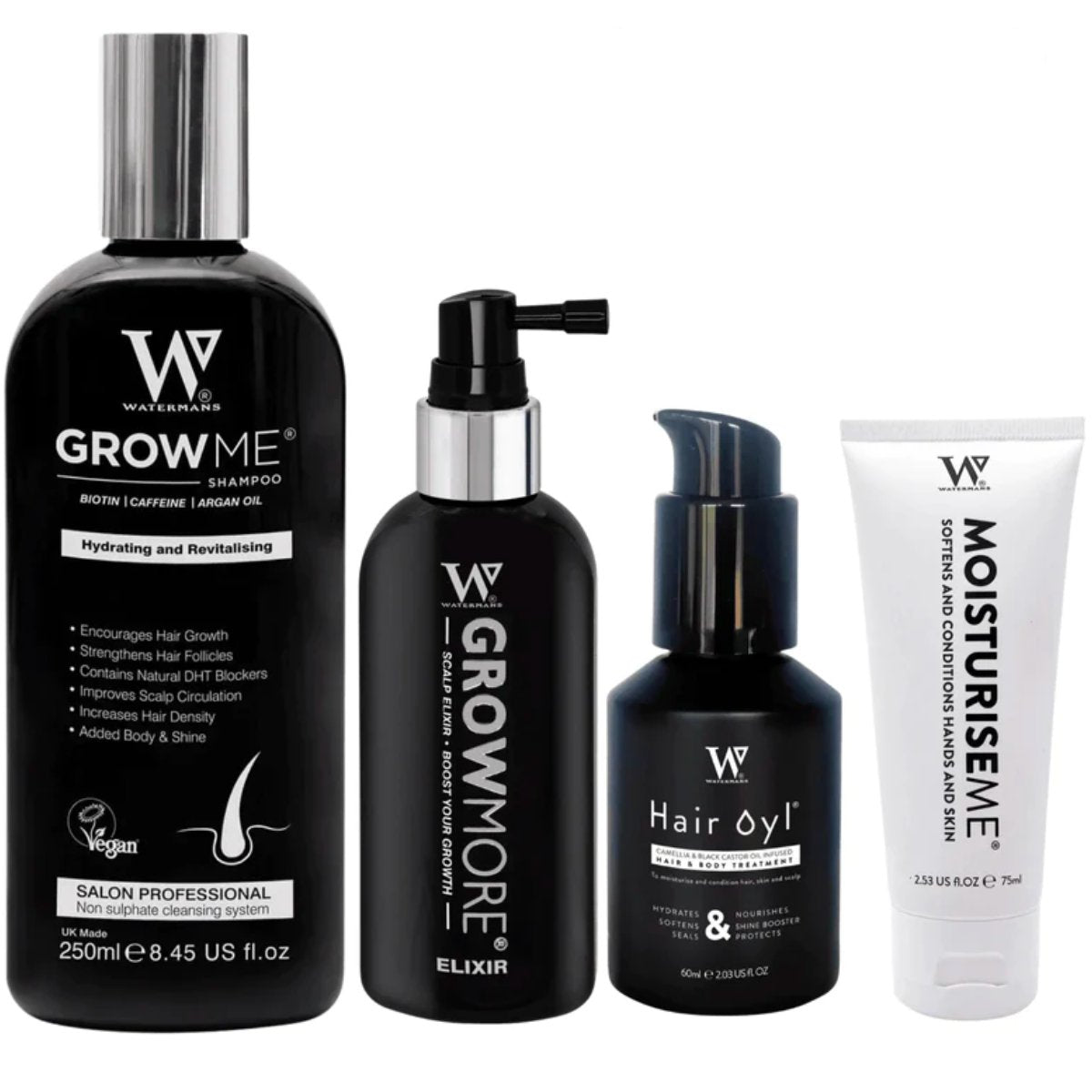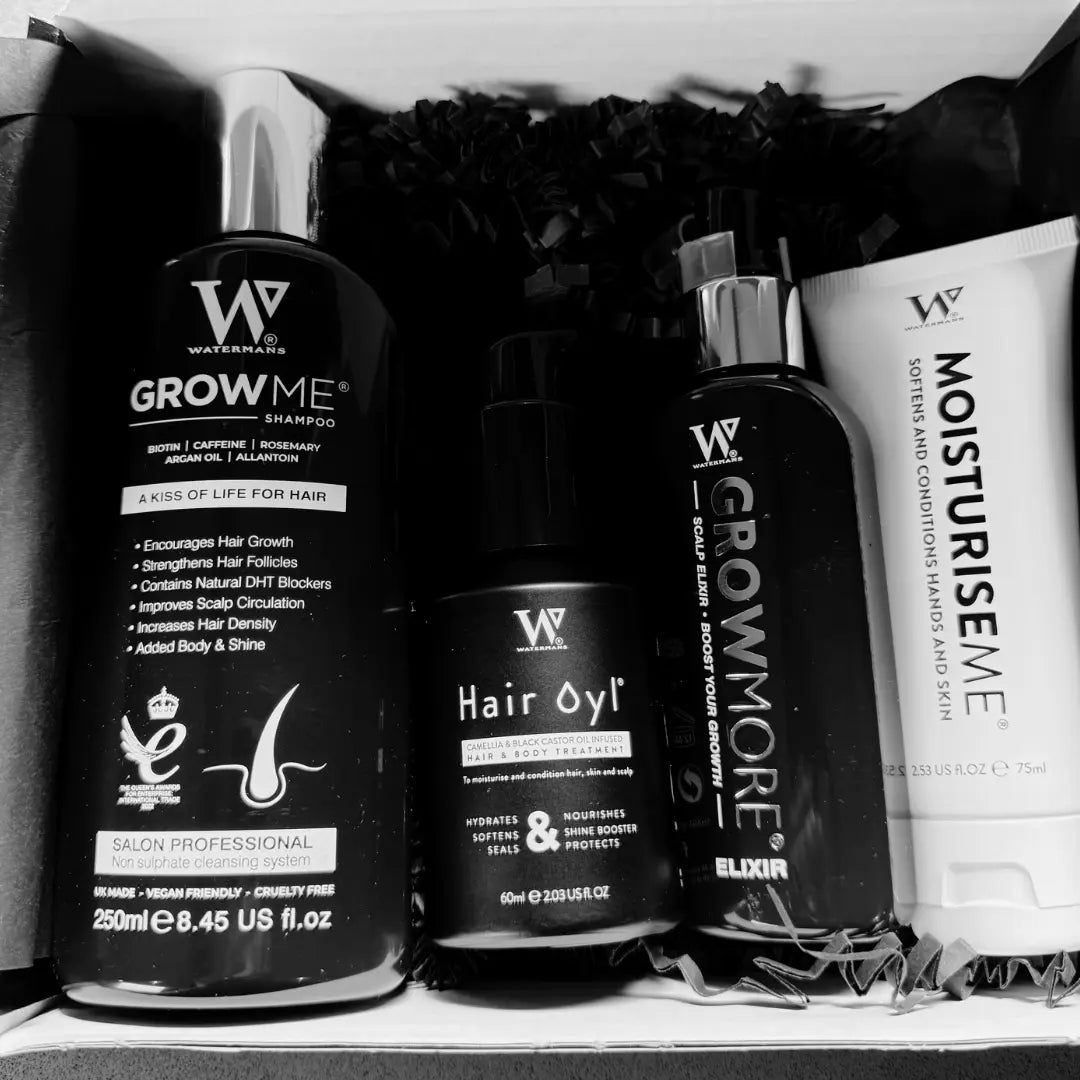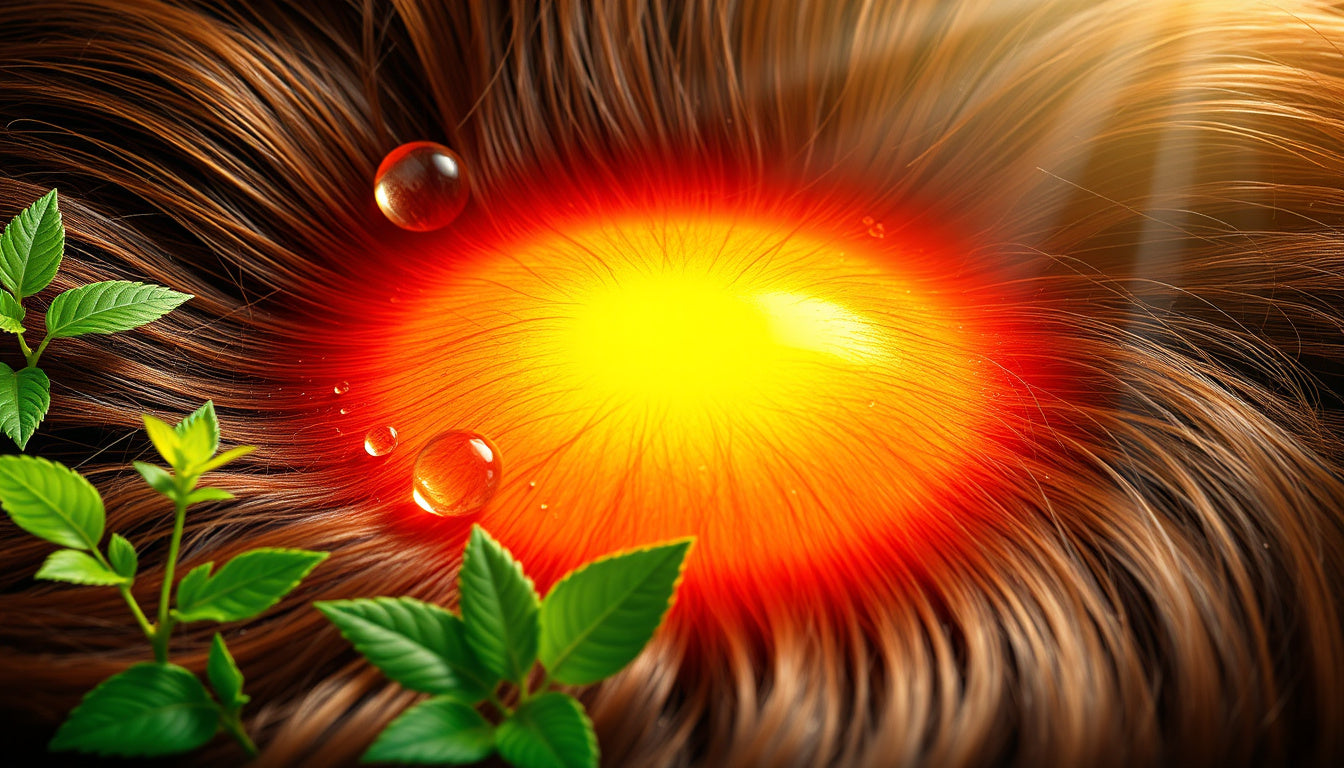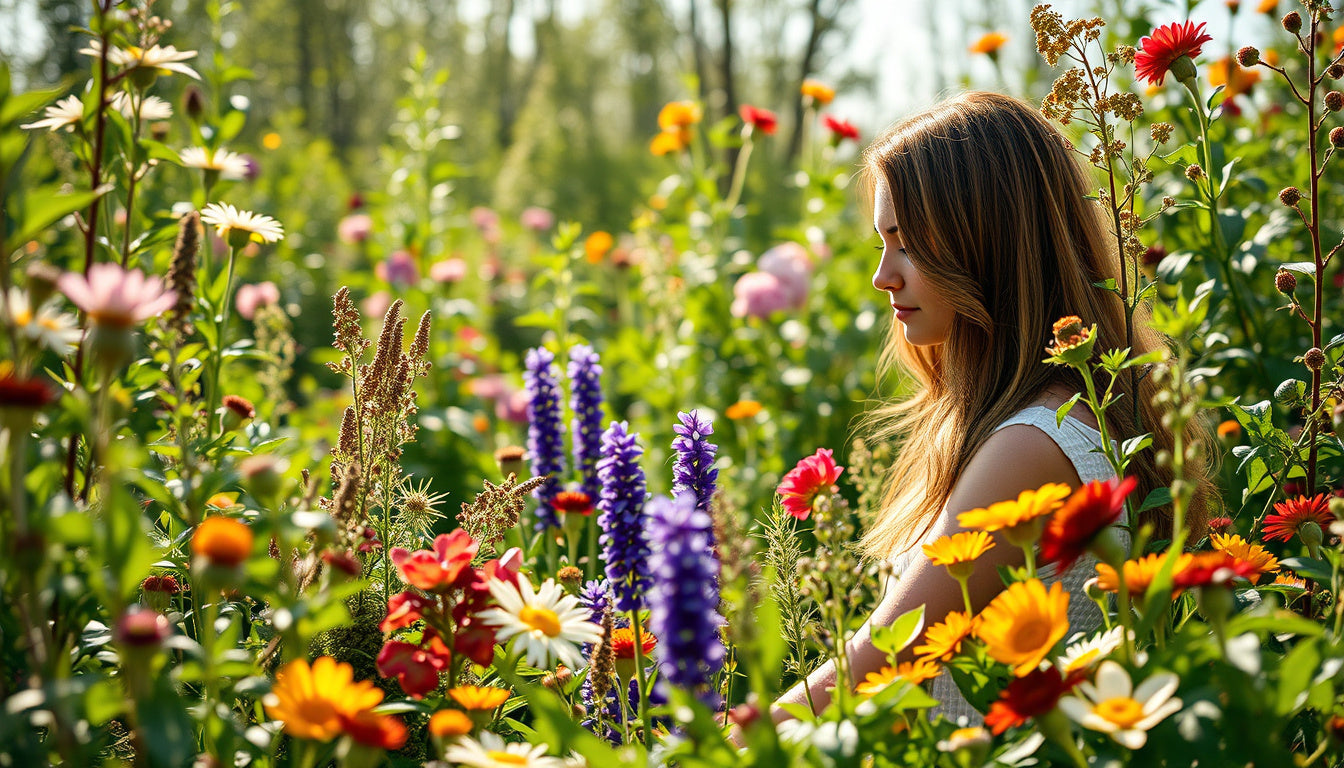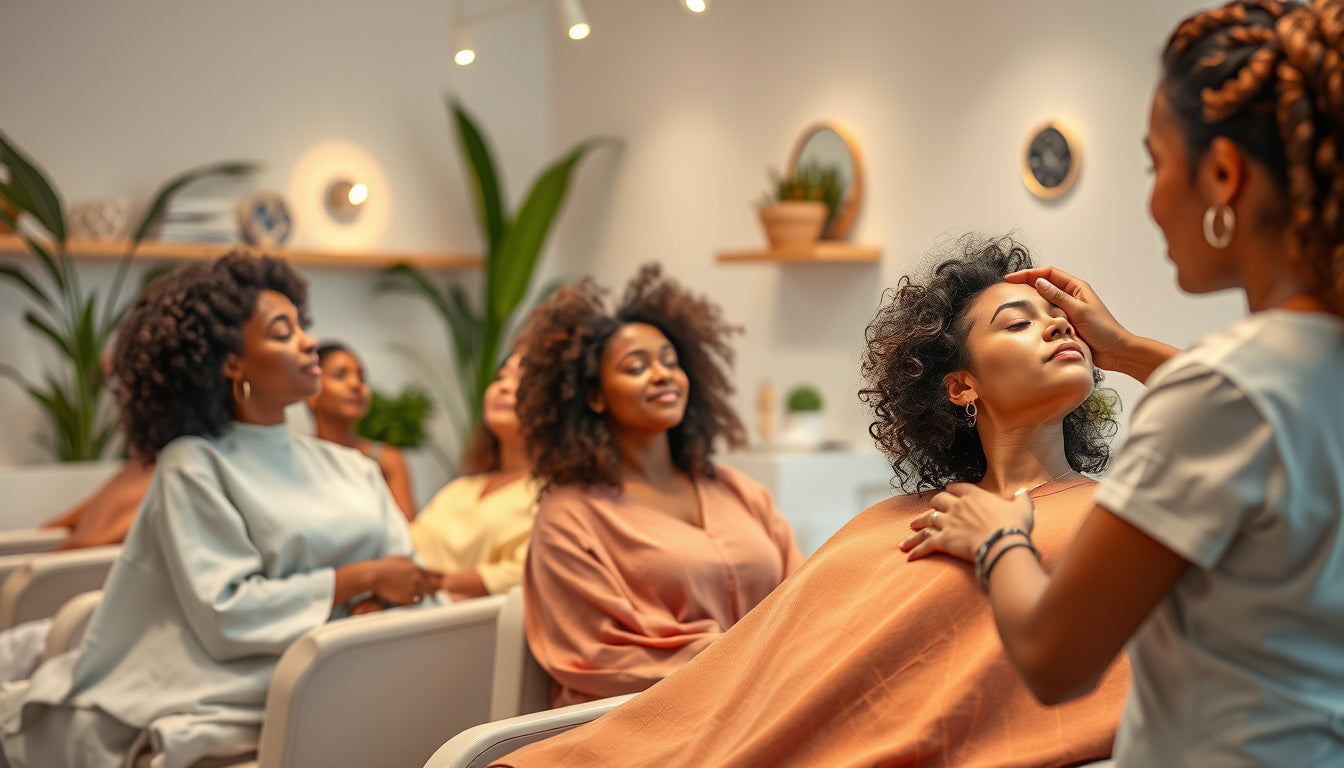
Ultimate Guide to Relaxing Hair: Techniques, Tips, and Aftercare for Beautifully Smooth Results

For smooth, straight hair, many people choose hair relaxing. Hair relaxing turns frizzy, curly hair into sleek, easy strands. This guide shows you how to relax hair at home or in a salon. We cover the science, tips, aftercare, and FAQs.
One product we suggest in your hair care plan is Watermans Grow Me Shampoo. It has natural ingredients like Biotin, Rosemary, and Argan Oil. These help give your hair good support and fight hair loss while encouraging growth.
What Does It Mean to Relax Hair?
Relaxing hair is a chemical process. It changes curly or wavy hair to a straighter shape. The chemicals, often sodium hydroxide or calcium hydroxide, break the hair’s natural bonds. This lets hair stretch and become straight. Relaxed hair is easier to style, but it needs proper care to stay healthy and shiny.
Understanding the Science Behind Hair Relaxation
Hair builds mostly from a protein called keratin. Each hair strand has disulfide bonds that shape it. When you use relaxers, they break these bonds. This reshapes the hair into a straighter form. Know that relaxed hair can break more easily. Follow proper steps and use good products after treatment.
Types of Relaxers
When choosing a relaxer, note that there are three main kinds:
-
Lye Relaxers
They have sodium hydroxide. They work fast. They need careful use, or they may irritate your scalp. -
No-Lye Relaxers
They use calcium hydroxide and guanidine carbonate. They are kinder on your scalp, but they can make hair a bit drier. -
Thio Relaxers
They are based on ammonium thioglycolate. They are less harsh than the others and need more time to work.
Pick the type that fits you best to get the look you want without hurting your hair.
Steps to Relax Hair at Home
Gather Your Supplies
Before you begin, make sure you have these tools:
- A good hair relaxer kit
- Gloves
- A mixing bowl and applicator brush
- A wide-tooth comb
- Section clips
- Petroleum jelly
- A timer
- A deep conditioner
Prepare Your Hair and Scalp
-
Do a Patch Test
Test a small amount on your skin before using any relaxer to check for allergies. -
Prep Your Scalp
Rub petroleum jelly along your hairline and on your ears to protect your skin. -
Cleanse Your Hair
Wash your hair with a gentle shampoo. Skip deep conditioning right before relaxing, as it may block the relaxer.
Application Process
-
Section Your Hair
Divide your hair into four parts to work more easily. -
Mix the Relaxer
Follow the instructions on your relaxer kit carefully. -
Apply Relaxer
Work on one section at a time. Use the applicator brush to spread the relaxer from roots to ends. Do not let the relaxer touch hair that is already treated. -
Time the Process
Set a timer as the kit specifies.
Rinse and Neutralize
-
Rinse Thoroughly
When the time is up, rinse your hair with lukewarm water. -
Neutralize
Use a neutralizing shampoo as instructed. This stops the chemical process and brings your scalp back to its normal pH.
Condition and Style
-
Deep Conditioning
After neutralizing, apply deep conditioner to bring back lost moisture. -
Dry and Style
Use a wide-tooth comb to detangle your hair. Style your hair as you like, and use a heat protectant if you use heat.
Aftercare for Relaxed Hair
Taking care of relaxed hair keeps it healthy and bright.
Hydrate
-
Deep Condition Regularly
Use a deep conditioning treatment at least once a week to keep your hair moist. -
Use Hydrating Products
Choose shampoos and conditioners that add moisture. Stay away from sulfates, which can dry your hair.
Protect
-
Limit Heat Exposure
Use heat styling tools less often. If you must use them, always put on a heat protectant. -
Avoid Tight Hairstyles
Tight buns or ponytails may break hair. Wear looser styles to keep your hair safe.
Regular Trims
Get a trim every 6-8 weeks to cut off split ends and keep your hair looking fresh.
Did You Know?
-
Hair Growth and Relaxation:
Relaxed hair may grow more since it breaks less. -
Good Products Count:
Using quality items like Watermans Grow Me Shampoo helps keep your scalp and hair healthy. -
Extra Moisture Helps:
Relaxed hair needs more moisture. Using a humidifier in winter can help keep it soft.
Frequently Asked Questions (FAQs)
1. Is relaxing hair safe for everyone?
Relaxing hair is safe for many. But if your scalp is sensitive or you have allergies, be extra cautious. Always do a patch test.
2. How often can I relax my hair?
It is best to wait 6-8 weeks between relaxer applications to avoid too much damage.
3. Can I relax my hair while pregnant?
Talk with your doctor before using any chemicals during pregnancy.
4. Can I color my hair after relaxing?
Wait at least two weeks before coloring your hair to keep damage low.
5. What’s the difference between a relaxer and a keratin treatment?
A relaxer changes hair structure permanently. A keratin treatment smooths hair and washes away over time.
6. Will relaxing my hair damage it?
Relaxing hair may harm it if you do not care for it properly. Good products and careful steps can reduce damage.
7. How can I promote hair growth after relaxing?
Using products like Watermans Grow Me Shampoo can support hair growth and overall health.
8. Should I use a specific brush for my relaxed hair?
A wide-tooth comb is best for gentle detangling.
9. Can I still wear curls with relaxed hair?
Yes. You can curl your hair with curling irons or other tools. Just remember to use a heat protectant.
10. What ingredients should I avoid in products for relaxed hair?
Do not use products with sulfates, parabens, or high alcohol content. These may dry out and hurt your hair.
Remember, changing to relaxed hair takes time. With careful steps and good products, your hair can stay smooth and healthy. For a natural fix for hair growth, check out Watermans Grow Me Shampoo, a great friend in your hair care journey.


